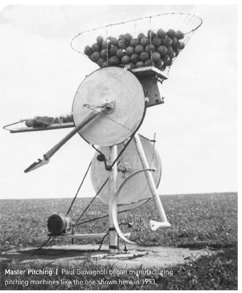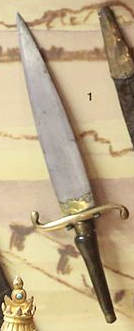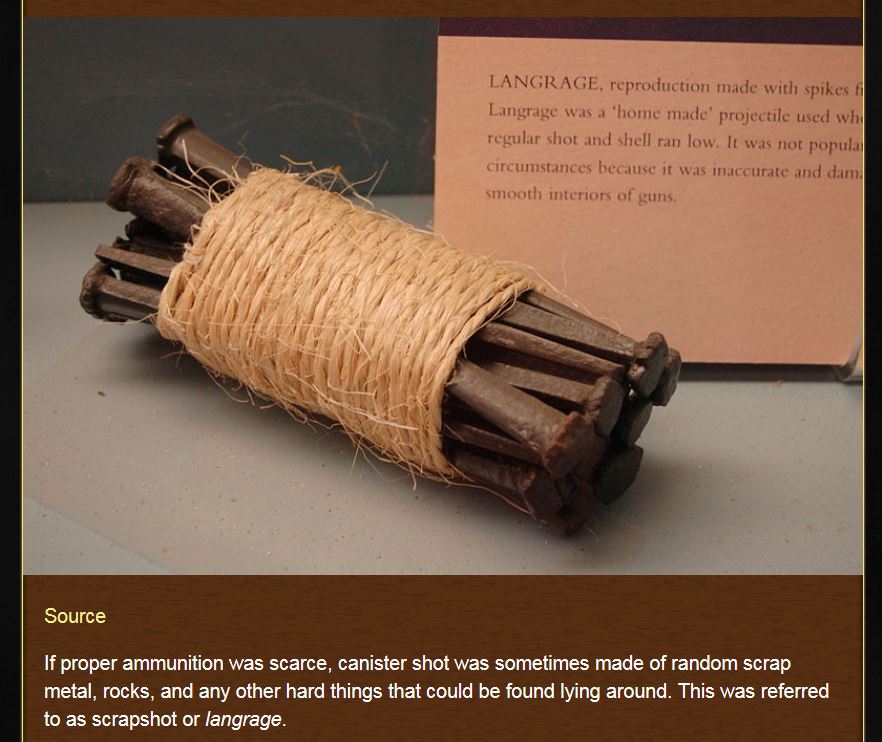For propulsion, it's hard to beat explosives. You probably don't want to explode the actual weapon, so maybe you want a sealed-cylinder system.
For instance, there are Russian pistols which shoot the SP-4 cartridge, which has an internal piston. The gunpowder explodes, and pushes the piston forward to launch the bullet, then the piston stops at the end of the cartridge - this stops any of the propellant gas escaping, making the round much quieter and eliminating any muzzle flash.
For a much more 1800s-crazy version of this, Thomas Edison tested several variants on an early helicopter using an internal combustion engine powered by explosive guncotton!
So let's say you have a system where you pile some guncotton (invented 1865), cordite (1889) or even black powder into a large piston, seal it up, then ignite it. You'd probably want some sort of complicated sealed ignition system to preserve cylinder pressure. Spark plugs were invented in 1839, so you could use one of those. Or use a percussion cap (1800), where the cap's body seals off the chamber.
Propellant gases would push the piston forward, then you'd have some vents in the wall of the cylinder which were only exposed at the end of the stroke, allowing any remaining burning gas to vent.
Or, as an alternative, you could use a giant steam cylinder like an aircraft carrier catapult. You could even use a steam engine to rotate a large flywheel, then use a clutch to tap off all that power to accelerate something from stationary to very fast in a short time. But steam is a lot less portable and needs much more time to warm up.
So now you have propulsion. At this point, you could attach the piston to whatever you wanted!
Perhaps your propulsion system is huge - six inches in diameter, reinforced with multiple layers of steel wire (modern steel invented 1855), attached via huge springs and chains to a catapult that hurls a bucket of swords, axes and knives onto the battlefield. The springs would stop the initial shock load from destroying the catapult, spreading the impulse over the course of half a second rather than a few milliseconds. (Not so important with steam or black powder, much more important with high-explosive cordite or guncotton.)
Maybe you have a steam system to hurl your weaponry, and you tap a little bit of the steam to power a rotating wheel, attached to a sled, attached to the steam launcher. You load the wheel with a double-headed axe, specially weighted with a heavy pommel so that the center of mass is somewhere slightly towards the bottom of the handle. The wheel spins the axe at a terrifying speed until you trigger the launcher, which sends the sled, wheel and axe flying forward. When it hits the end of its travel, a lever on the sled pulls the wheel away from the axe, sending it flying unpredictably onto the battlefield.
Or maybe you want to have something smaller, more like the size of a medium mortar. At this point you probably want to ditch the piston idea, and just push a single item of weaponry directly. At this scale, swords, knives, or maces are probably the most practical items to fling. Surround your weapon in a sabot - nowadays we'd use plastic, but a light wood like balsa would work, or even cardboard - so that it's the same diameter as the barrel. Put a large explosive charge behind it, then stick the end of the mortar into the ground and fire. Modern mortars can fling a 3.2-inch 10lb projectile up to 16,000 feet, so mass shouldn't be too much of an issue, although aerodynamics would probably reduce the range rather severely.
The problem with a mortar is that you can only fire it indirectly, as you need to have the end in the ground to deal with the not inconsiderable recoil. (Assuming you don't hold it against a tree or a large rock.) If you want your sword-mortar to be capable of direct fire, you probably either want it to be used by really, really strong fantasy beings, or you want a recoilless system. The latter would look spectacular: you'd have to fire enough propellant or reaction mass out of the back to balance your 5lb weapon coming out the front. Let's hope there's nobody standing within a few hundred feet behind you.
Having said all of the above, of course, since rockets have been around since China a thousand years ago, you could just tie rockets to your weapons!
Let's talk about the actual weapons, too. Most weaponry is designed to be used for a long time, and carefully taken care of outside battle. It's heavy, it's designed to be comfortable in the hand, and it's not particularly going to like being flung 500 feet onto a stony battlefield. But if you're in the 1800s, you've got access to production-line metalworking technology - steam- or water-powered die forging and stamping presses, sharpening wheels, etc. I could see your weaponry being more rough-and-ready - designed to be manufactured en masse, flung once, picked up and used once, then discarded. Think a sword which is just a long blade, with a rudimentary knurled metal handle and a guard which sticks out only an inch to either side, and which doubles as stabilising fins. Or an axe along the same vein: two broad heads with the middles stamped out to save weight, and a spike on both ends so that it can hit end-on and still do damage.
All in all, I thoroughly enjoy this idea.







